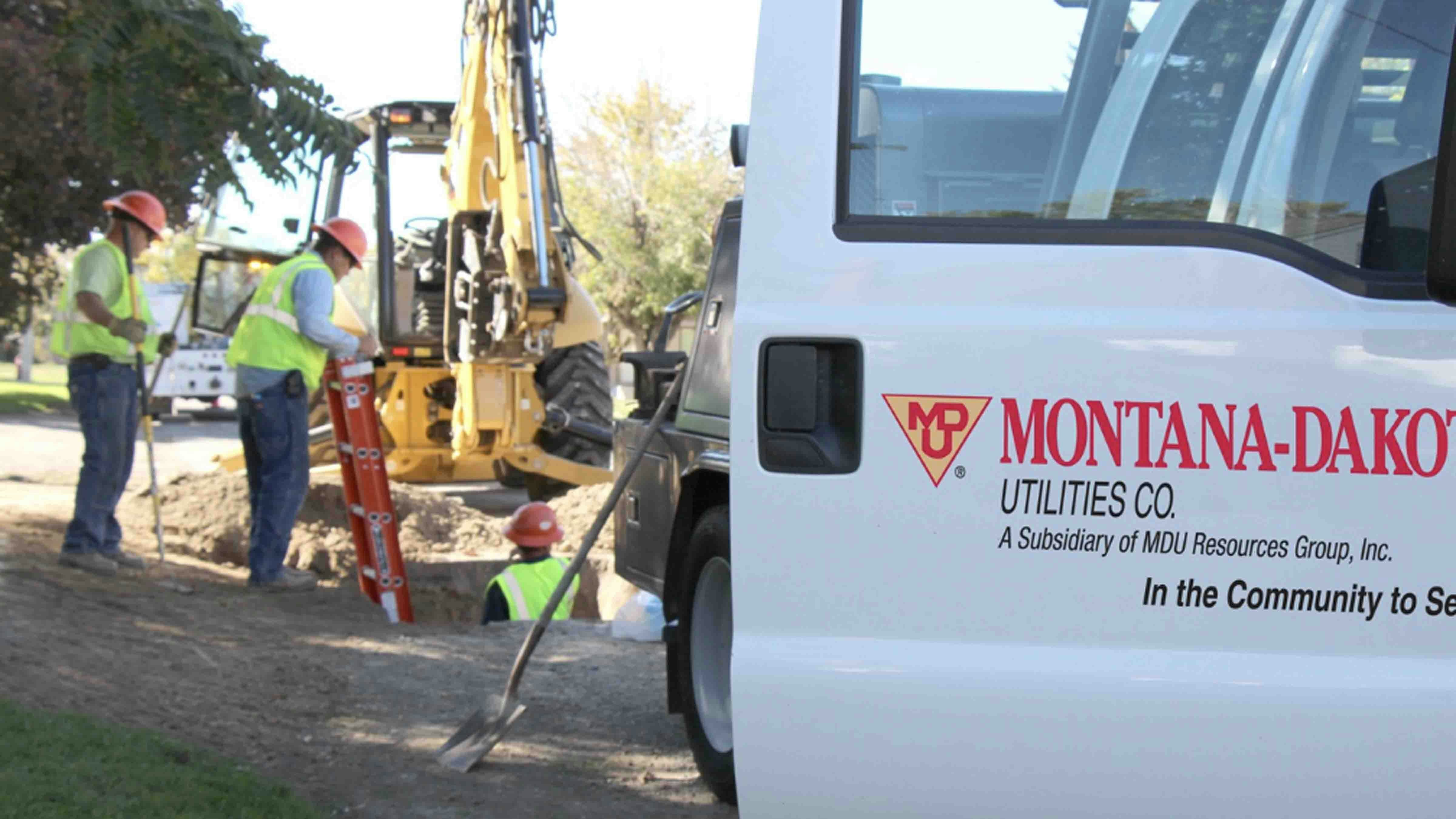Maintaining Wyoming’s roads through the winter is costly and complicated by high elevations, but innovation and preparation help the state keep ahead of the weather, a Wyoming Department of Transportation spokesperson said.
“As soon as you enter Wyoming, you start to climb in altitude,” WYDOT Public Affairs Manager Doug McGee said. “Especially with Interstate 80, it’s essentially a 400-mile-long winter pass. The entire stretch is above 6,000 feet in elevation.”
WYDOT expects to spend about $28 million on winter road maintenance — about 30 percent of its annual budget — in fiscal year 2020, which began in July 2019, said WYDOT Chief Engineer Shelby Carlson.
In 2015, WYDOT’s winter maintenance costs were about $21 million, but between 2016 and 2020, the costs have fluctuated between $26 million and 32 million annually.
“We’ve had some pretty major storms in these last years,” Carlson said. “It all just depends on the levels of moisture we get. During drought years, the costs are lower.”
Aging equipment and increased interstate traffic are also contributing factors, she added.
Know when to hold ‘em
WYDOT annually maintains about 6,700 centerline miles, a road measurement that includes all lanes in a single stretch of pavement.
Interstates 80, 25 and 90 account for about 900 centerline miles.
According to WYDOT documents, the majority of 2020’s winter maintenance costs are nearly evenly split between labor, budgeted for $9 million, materials, budgeted for $8.6 million, and equipment, budgeted for $9.6 million. Contractor services and miscellaneous costs are budgeted at about $755,000.
“We have a lot of snow plows, tow plows and rotaries to help us clear the roads,” Carlson said. “And we use chemicals, sand and liquids to remove the ice and snow.”
In all, the state owns 400 conventional snow plows, 18 rotary plows and seven tow plows, a trailer-mounted plow towed behind a plow truck, she said.
However, WYDOT Director Luke Reiner, a retired U.S. Army Maj. General, said keeping Wyoming’s roads safe isn’t just about manpower and equipment.
“Part of keeping those roads open is knowing when to close them,” Reiner explained. “We’ve learned the hard way over many years that preemptively closing roads to allow our crews to get in there and do the work saves lives.”
Closing Wyoming’s major thoroughfares for any reason costs transport companies millions of dollars by the hour, but Reiner said WYDOT discovered closing the roads as soon as a storm hits can reduce overall closure times.
“The road is closed for a shorter time, because there’s no crashes to clear,” he said.
Beet juice and barn wood
Plows might be WYDOT’s most recognizable snow-removal method, but the department uses a variety of other strategies to combat winter conditions, Carlson said.
“Our materials costs include salt and sand, salt-brine solution, magnesium chloride and beet juice among other things,” she said.
While some de-icers like salt-brine solution freeze at 6 degrees below zero, WYDOT’s beet juice solution doesn’t freeze until the temperature reaches 26 below zero.
“It’s a byproduct of the sugar beet processing we have here in the state,” Carlson said. “And it’s more ecologically friendly than some other solutions.”
WYDOT also uses snow fences to prevent drifting in high wind areas.
“A snow fence is constructed of wood and set perpendicular to the wind to break up wind turbulence, causing the snow to deposit at the fence,” Carlson said.
The fences, typically 10 to 12 feet tall have been used by WYDOT since 1971. Depending on the fence pattern, the fences can cost $400-600 per panel, but maintenance pays for itself.
“Because there is a market for weathered wood, we have contractors pay us to maintain the fences,” Carlson said.
Contractors pay the department to replace the fencing’s old planks with new ones, so they can sell the weathered planks to the growing “barn wood” market.
The state owns nearly 450 miles of snow fence, but Reiner said WYDOT is looking to increase that mileage.
“We’d like more,” Reiner said.
Carlson added, “A whole lot more.”





